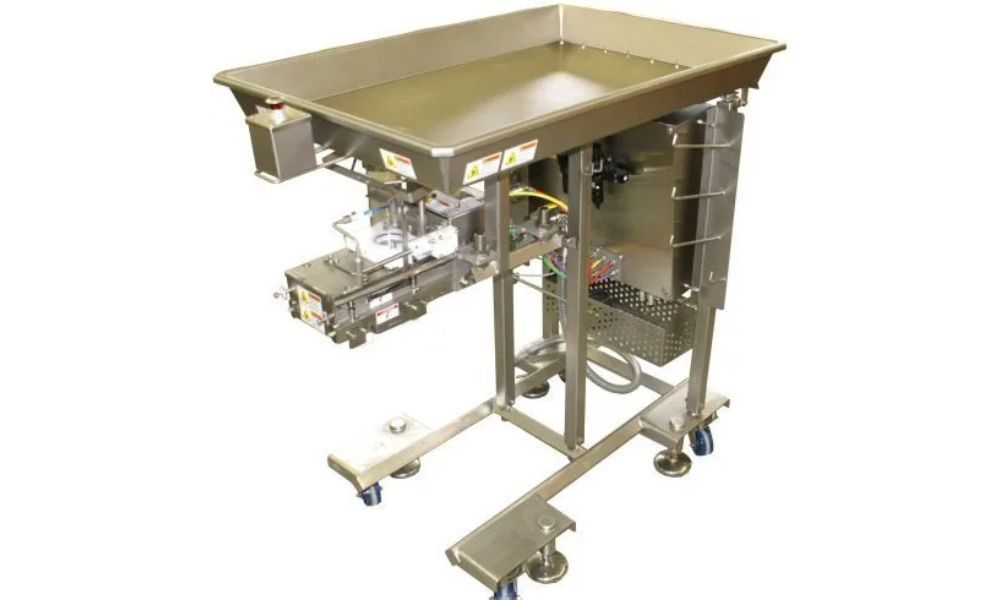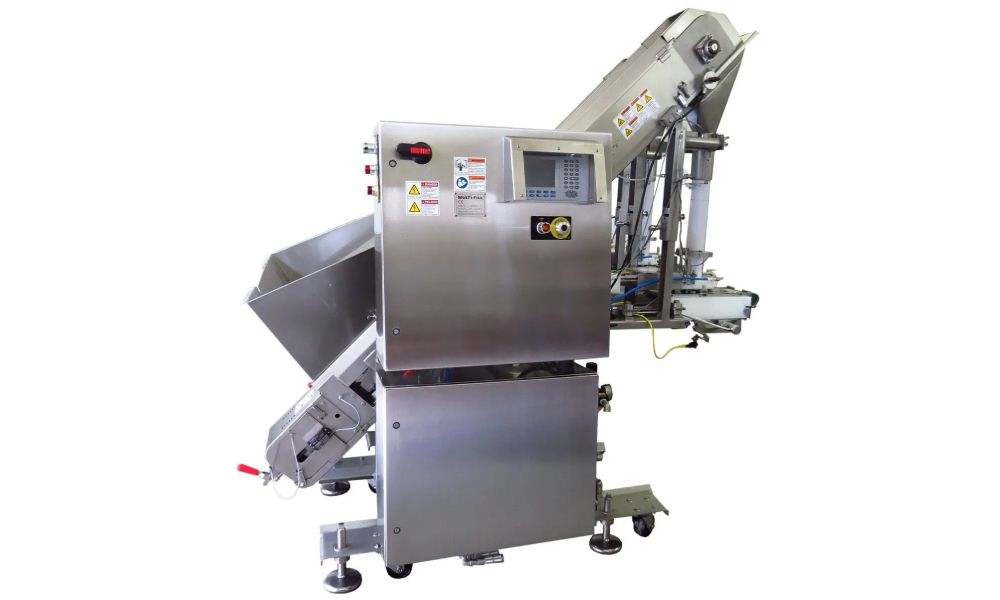If you are a business owner working with food or beverages, chances are you have asked yourself, “do I need volumetric fillers?” As you know, filling equipment provides you with capabilities such as consistency, speed and precision – factors that enhance efficiency for a business. If you are still doubtful, Multifill can help. Read on to find out more.
What is your production rate?
When deciding which volumetric filling machine to invest in, it is important to consider your production needs, both in the present and the future. Forecasting your production needs for the future is imperative as upgrading these filling machines in the event of expansion may require you to replace or buy higher capacity models.
If you have a beverage business, you would measure your production rate by the number of bottles filled per hour or the BPH. Larger businesses with state-of-the-art filling machines may have the capability to fill Bottles per Minute or BPM.
Once you have calculated your production rate, choose a filling machine accordingly. A start-up or small business may require an entry-level machine, while medium to larger businesses would benefit from larger filling machines.
Manual vs Semi-automatic vs Automatic fillers
Now that you have calculated your production needs, you have a range of filling machines to choose from:
Manual fillers: These machines are an excellent option for home-based businesses or brewers and small businesses. With their low production rates, these are not suitable for small to medium businesses with plans of growth or expansion.
Semi-automatic fillers: With greater production rates than the manual counterparts, these machines are a perfect fit for small businesses that are looking to expand. They still require some level of manual intervention and are considered an affordable, efficient and smart option.
Automatic fillers: If you have a large-scale business, automatic fillers can meet the high production rates you need. They are equipped with conveyors and belts that reduce the need for manual intervention. However, these machines are much more expensive and require regular maintenance as well.
In-line vs rotary: Efficiency or flexibility
In-line filling machines: As the name suggests, these fill bottles/containers in a single line with capacity to be customized with 4 to 20 heads.
Rotary filling machines: These are much larger with capacities ranging from 25, 50 or 100 plus heads with a far greater BPM than the in-line fillers.
For more information on volumetric fillers and how they can streamline your business operations, contact Multifill today!
Designing a food filling line: Product is king












